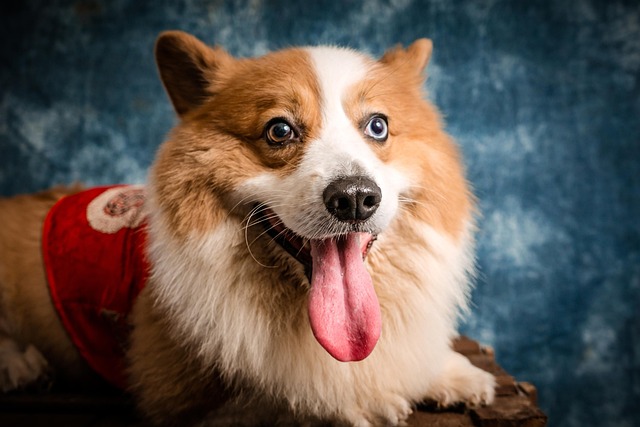
How do i train my dog to be obedient?
Watching your dog dart across the park ignoring your calls isn’t just frustrating—it can put them at risk near busy streets or public spaces.
Corgi puppies, with their stubby legs and playful energy, often explore the world with their mouths—and that means nipping, chewing, and sometimes full-on biting. It’s a natural behavior for pups teething or learning social boundaries, but letting it slide can turn into a bigger issue as they grow. Start by understanding why they bite: those tiny teeth aren’t just for eating. They’re tools for exploring textures, relieving teething pain, and even testing how hard is too hard during play.
When your corgi nips, react like another puppy would—let out a high-pitched “ow!” to signal discomfort, then pause play immediately. This mimics how littermates teach each other bite inhibition. After a few seconds, redirect their energy to a chew toy. Opt for something durable but soft, like a rubber Kong, to satisfy their need to gnaw without damaging furniture. Keep toys handy during playtime, especially after meals when puppies tend to get rowdy.
Consistency is key, but so is patience. If your pup latches onto your hand during a game of fetch, avoid yanking away—that can trigger their prey drive and make them bite harder. Instead, stay still, wait for them to release, then offer a toy and praise them when they take it. Over time, they’ll learn that biting hands ends play, while chewing toys keeps the fun going. This method aligns with positive reinforcement techniques recommended by most dog training organizations in Europe and North America.
 Socialization plays a role too. Exposing your corgi to other vaccinated puppies and calm adult dogs helps them learn bite limits through natural interaction. Many communities offer puppy socialization classes, which not only teach good behavior but also keep you compliant with local laws that often require basic training for dogs in public spaces. Check with your city council—some areas fine owners of dogs with a history of unprovoked biting, making early training a legal as well as practical concern.
Socialization plays a role too. Exposing your corgi to other vaccinated puppies and calm adult dogs helps them learn bite limits through natural interaction. Many communities offer puppy socialization classes, which not only teach good behavior but also keep you compliant with local laws that often require basic training for dogs in public spaces. Check with your city council—some areas fine owners of dogs with a history of unprovoked biting, making early training a legal as well as practical concern.
Teething can make biting worse, so soothe those sore gums. Freeze a wet washcloth for them to chew on; the cold numbs discomfort and gives them an appropriate outlet. Avoid giving them old shoes or socks—they can’t tell the difference between your favorite sneakers and their chew toy, leading to confusion down the line. Stick to designated toys to keep everyone happy.
Never punish biting with physical force. Yelling or hitting can make your corgi fear you, leading to more aggressive behavior. Instead, use time-outs: if they won’t stop nipping, walk away and ignore them for 30 seconds. This teaches them that rough play leads to isolation, a powerful motivator for a breed as social as corgis. Remember, puppies have short attention spans, so keep training sessions brief—5 to 10 minutes a few times a day works better than one long session.
By combining redirection, positive reinforcement, and early socialization, you’ll help your corgi outgrow biting. Most puppies stop nipping by 6 to 8 months with consistent training. Not only will this create a happier home, but it also ensures you’re a responsible owner, following the spirit and letter of local dog laws. Enjoy those playful puppy days—with a little work, they’ll grow into a well-mannered companion who knows just how to show affection without the teeth.

Watching your dog dart across the park ignoring your calls isn’t just frustrating—it can put them at risk near busy streets or public spaces.

New puppy owners often find themselves rushing to clean up accidents before they set in, and that’s where puppy pad training becomes a game-changer.

If you've noticed your dog's waistline disappearing and your veterinarian has mentioned those few extra pounds, your first instinct might be to simply reduce the amount of food in their bowl.

Training a dog to use a designated spot indoors isn’t as daunting as many new owners fear, but it does take consistency and an understanding of your pet’s needs.

That moment of dread on a walk is all too familiar for many new dog owners. You see another dog approaching down the sidewalk of your neighborhood

If the sight of another dog on your neighborhood walk makes your heart sink as your own dog erupts into a frenzy of barking and lunging, you're not alone.